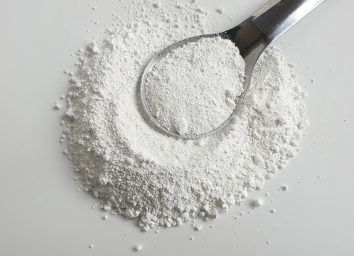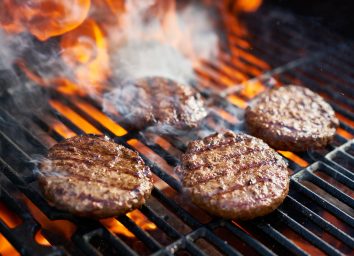5 American Food Ingredients That Are Banned in Other Countries
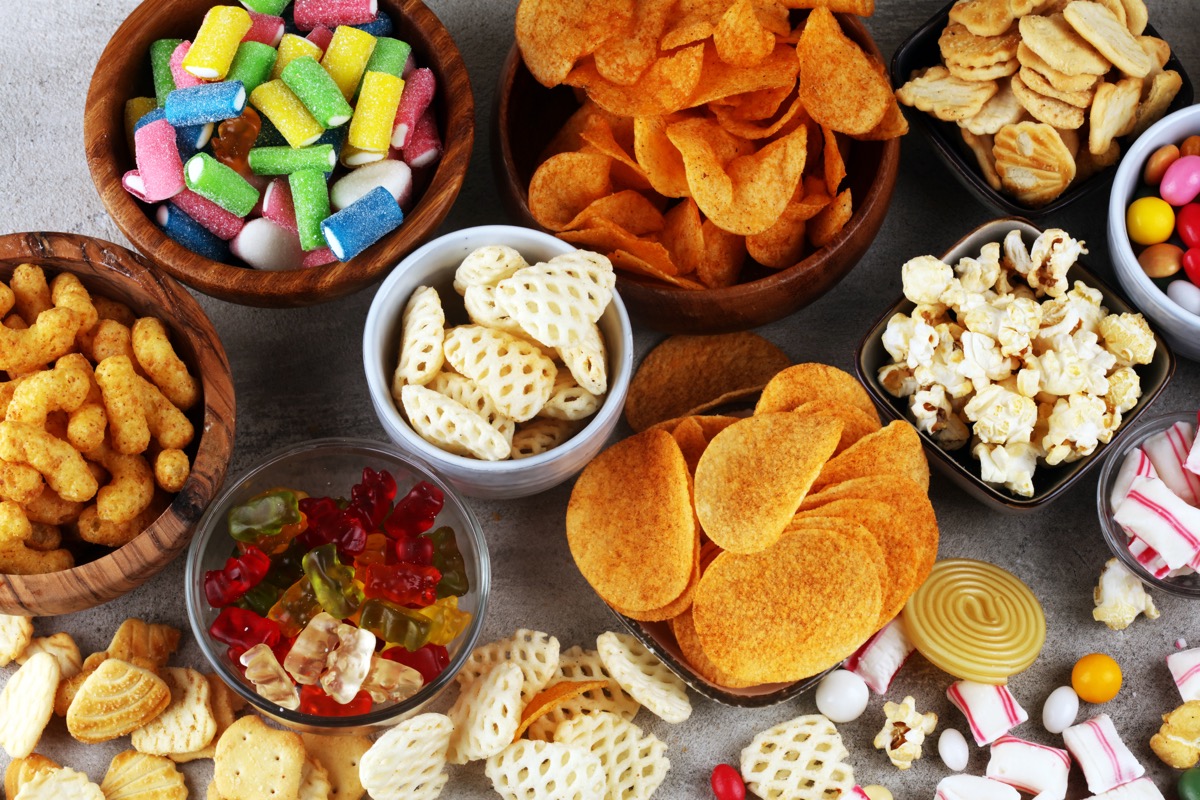
You might assume that whatever happens to be in the food that you buy at the grocery store is safe to eat, but as it turns out, a closer look at the ingredients in your groceries might reveal some unpleasant surprises.
There are some ingredients that are currently used in commercial foods in the United States but have been banned in other countries for various reasons. Bess Berger, a women's health dietitian and owner of Nutrition by Bess, reveals that the United States may not have the tightest ingredient regulations.
"Many Americans don't realize the bar for what we accept as food, or generally regard as safe, is below the standard of many, many countries."
That includes the following ingredients that you might not necessarily want to be consuming on a regular basis.
Brominated Vegetable Oil (BVO)
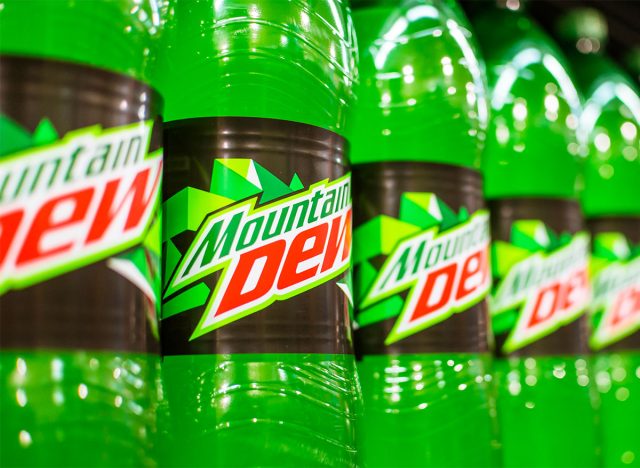
Brominated vegetable oil (BVO) "is a common additive in citrus soda, such as Mountain Dew," Berger says. Indeed, BVO is "sometimes used to keep citrus flavoring from separating out in sodas and other beverages," according to the Mayo Clinic.
At the same time, BVO "contains bromine which can be linked to skin irritations, headaches, memory loss, and impaired balance," Berger points out while noting that Europe, India, and Japan have all banned the iffy ingredient. While it's not illegal to use in the United States, PepsiCo Inc did agree to stop adding BVO to its Gatorade drinks after a teenager from Mississippi started a petition to encourage the company to drop the potentially worrisome substance, per Reuters.
Olestra
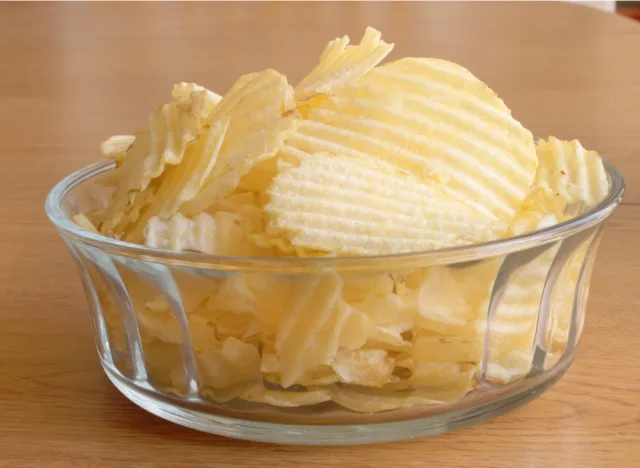
If you were around and snacking back in the '90s, then you might have heard that certain items such as "diet" versions of Pringles, Ruffles, and Doritos were linked to various unfortunate health issues like cramping, diarrhea, and "loose bowel movements," or what was deemed at the time "fecal urgency" and "anal leakage," according to Mental Floss.
The source of the problem was apparently olestra, which was approved by the Food and Drug Administration at the beginning of 1996. Meant to be used to replace fat in calorie-free, fat-free, and cholesterol-free foods, it turned out that olestra causes unfavorable side effects, which is why it is not used in Canada and the European Union, explains Izma Almasar, a nutritionist at Honest Brand Reviews.
Potassium Bromate

An additive that's used for baking, potassium bromate is something that you might find in your bread. A review found in the scientific journal Food Chemistry further explains that it's "an oxidizing agent and one of the best and cheapest dough improvers in the baking industry." It's also an additive that has been found to cause cancer in rodents. According to the data published by the journal Environmental Health Perspectives, potassium bromate "is carcinogenic in rats and nephrotoxic in both man and experimental animals when given orally."
Although potassium bromate is still used in the United States, Almasar notes that it is banned in Canada, the European Union, and China. Live Science points out that it's also not used in Brazil as well as other countries.
Butylated Hydroxyanisole (BHA) / Butylated Hydroxytoluene (BHT)
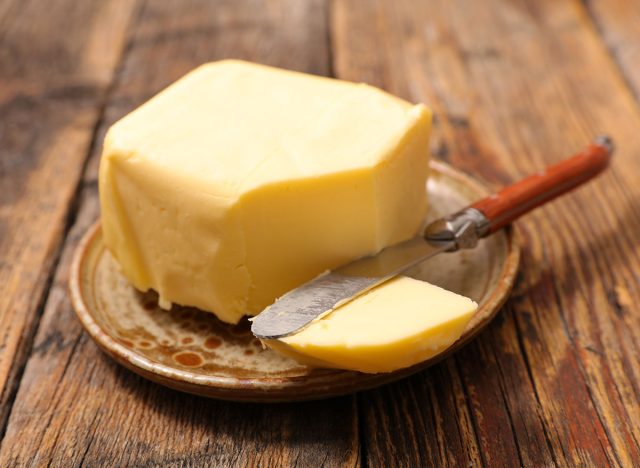
While butylated hydroxyanisole (BHA) and butylated hydroxytoluene (BHT) have complicated names, they're simply synthetic antioxidants used as food preservatives. BHA is found in processed foods and drinks like meat, cereal, chips, butter, and beer, and BHT is used in meat and snacks as well as gum, things that are baked, and dehydrated foods, per Verywell Fit.
Although both BHA and BHT are widely used in the United States, they've been known to cause allergic reactions. BHA also "interferes with hormone function," while BHT is toxic to rodents, "can act as a tumor promoter in certain situations," and has "result[ed] in adverse reproductive [a]ffects." Understandably, both are banned in Canada, Australia, New Zealand, and Japan, as well as Europe, according to Livestrong.
Fortunately for those in the United States who might be concerned about consuming food that contains BHA or BHT, Almasar says that both are "considered safe for use in food when the total antioxidant content is less than 0.02."
Color Dyes (Yellow No. 5, No. 6, Red No. 40)
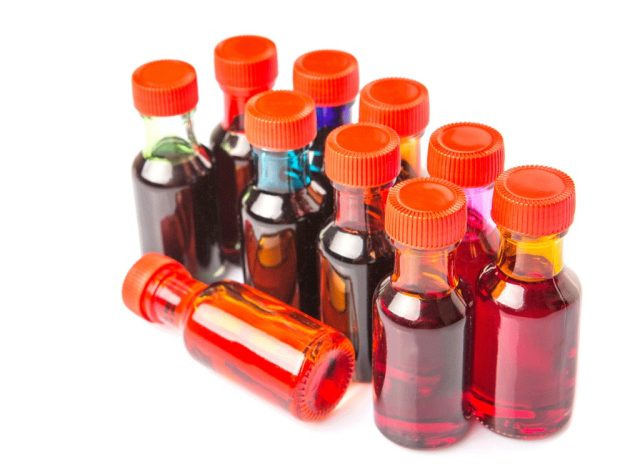
There are a wide variety of dyes used to make our food more colorful and more enticing. However, while the United States allows dyes such as Yellow No. 6 and Red No. 40 to be used in products that might find their way onto your dinner table, Berger says many Europeans countries do not allow this artificial coloring in their food.
"For example, if you pick up M&M's in Europe, it's colored with natural food coloring. The same goes for Skittles. Specifically, Red 40, Blue 1, Yellow 5, Yellow 6 are banned," she explains. "In addition, these dyes are common in sodas and sports drinks, and icing."
Why are they banned in Europe? According to Berger "these food coloring agents are linked to hyperactivity and inattention in kids."
To find out more about concerning things your food might contain, be sure to read 25 Awful Ingredients Everyone Still Uses—But Shouldn't!

